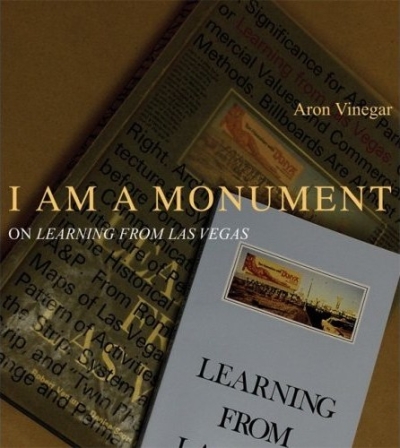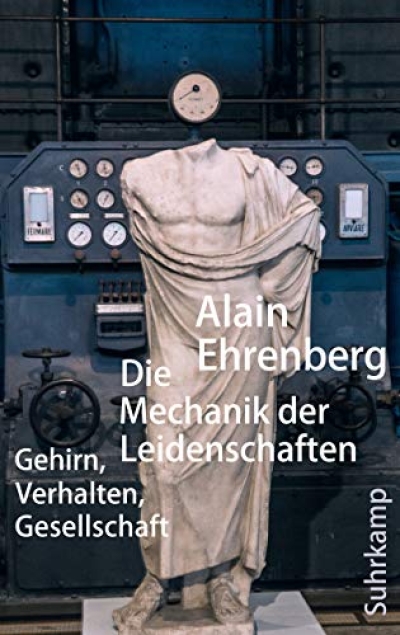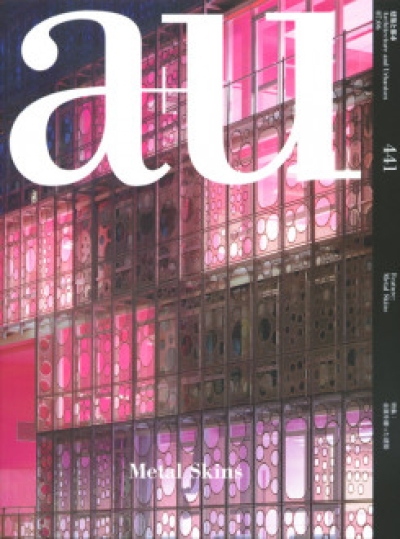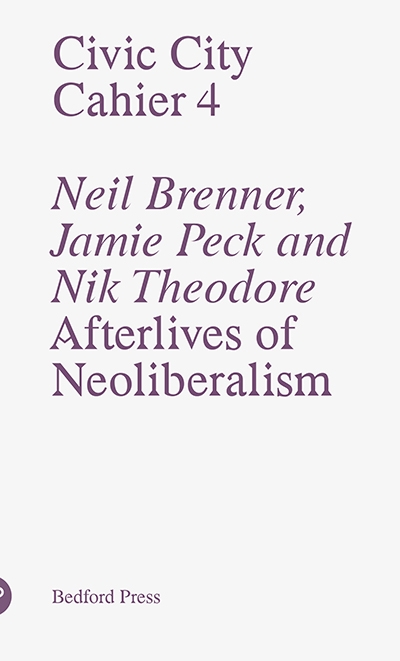
I Am a Monument. On Learning from Las Vegas
"Learning from Las Vegas", originally published by The MIT Press in 1972, was one of the most influential and controversial architectural books of its era. Thirty-five years later, it remains a perennial bestseller and a definitive theoretical text. Its authors - architects Robert Venturi, Denise Scott Brown, and Steven Izenour - famoulsy used the Las Vegas Strip to argue the virtues of the "ordinary and ugly" above the "heroic and original" qualities of architectural modernism. "Learning from Las Vegas" not only moved architecture to the center of cultural debates, it changed our ideas about what architecture was and could be.In this provocative rereading of an iconic text, Aron Vinegar shows that "Learning from Las Vegas" is not only of historical interest but of absolute relevance to current critical debates in architectural and visual culture.
Vinegar argues that to read "Learning from Las Vegas" only as an exemplary postmodernist text - to understand it, for example, as a call for pastiche or as ironic provocation - is to underestimate its deeper critical and ethical meaning, and to miss the underlying dialectic between skepticism and the ordinary, expression and the deadpan, that runs through the text.Vinegar's close attention to the graphic design of Learning from Las Vegas, and his fresh interpretations of now canonical images from the book such as the "Duck," the "Decorated Shed," and "Recommendation for a Monument," make his book unique. Perhaps most revealing is his close analysis of the differences between the first 1972 edition, designed for The MIT Press by Muriel Cooper, and the "revised" edition of 1977, which was radically stripped down and largely redesigned by Denise Scott Brown. The dialogue between the two editions continues with this book, where for the first time the two versions of "Learning from Las Vegas" are read comparatively.

































































































